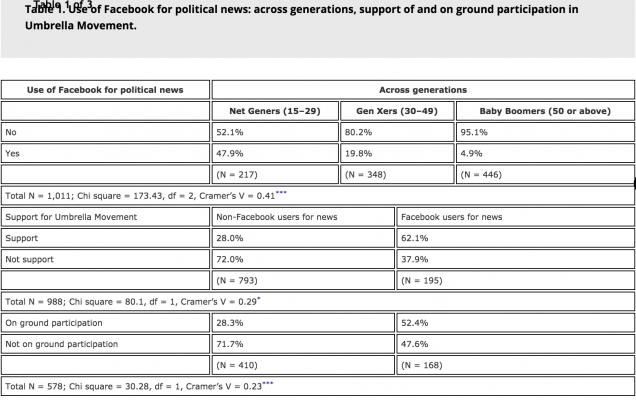Though being widely debated, Alexander Graham Bell and his assistant, Thomas A. Watson are always attributed with most of the credits of the invention of the telephone in the year of 1876. On the very day of March 10, 1876, the first message transmitted as “Mr. Watson, come here, I need you.” The assistant received the word in the basement ran upstairs with wild joy to Bell, to whom the patent finally granted. (Casson, 1910) The importance of the first transmission and the birth of the telephone will never be overpraised considering the revolutionary impact it brought.

It is not always easy for the public to accept an innovative object in a blink, primarily when the market was primarily occupied by the electrical telegraph. It is more difficult for the telephone business to develop with the condition that the only telephone line at that time, was between Williams’ workshop in Boston and the home of Mr. Williams in Somerville. (Casson, 1910) While the business was successfully developed with certain superiority from 3 aspects:
- No need for third person involvement, ease of labor work;
- Communication is much more rapid in a real-time manner and efficient with more words transmitted per minute;
- No complicated machinery required, less input and maintenance expenses.
The adoption of telephone gradually passed from the commercial business and later to the public use until the 1940s after World War II. (Farley, 2006) Before getting into the age of mobile telephone, landlines were constructed as infrastructure by connecting cables up, on such basis, a “visible network” formed naturally. (Pound, 1926) While the change of mobility from landlines to wireless cellphones directly led to the shift of lifestyles, social activities, discussion of privacy and so on.
Instead of thinking what Nokia, Blackberry or iPhone brought to us, the user experience and social participation are much more important variables that involve in all the technological transformations. If we recall the last time we made a phone call, it would not be the most vivid memory if compared to the social networking experience. The attitude and ways we are now treating this portable unit and the Internet is somehow alike. In the Digital Age, the accomplishment of social activities with the aid of various mediums finally leads back to the discussion of social participation and public discourse, which is an essential part of the online-social-mobile communication that accessible for everyone.
The flexibility and vast possibility are suggested can be further evidenced and examined by taking telephony and social media under the discussion of public sphere and engagement. A study on the Umbrella Movement in Hong Kong from Septemeber to December 2014 collected a random sample from 1011 respondents, found social media became an “Insurgent Public Sphere” as a matter of fact. (Lee, So & Leung, 2015) The movement started from the students’ protest against the Chinese central government’s proposed reforms over the election of the Hong Kong chief executive. During the protest, tear gases were used to disperse the crowd, which caused drastic debates all over the social media. Noticeably, students, as well as the Generation Y & Z, are not only the initiators of the movement, but also active users live with digital media. The research mentioned that “the rise of more personalized politics, especially among young people, has become a notable trend.” (Lee, So & Leung, 2015) The social media platform made the public role of the young generation shift smoothly from passive receiver to positive contributors. Politics is much more lifestyle-related, and the media is gradually personalized, providing the accessibility of mobile phones, internet, social media and various platforms to share and disseminate. (Lee, So & Leung, 2015)

Researches shown that of youth aged 18 to 29, 44% frequently obtained news through their mobile phones, campers to 20% of those aged 60 reached out information via the same channel in Hong Kong. (Centre for Communication and Public Opinion Survey, 2014) These statistics have been further proved stable during the protest, with 52% of the Facebook users participated in person in the occupied areas (the mentioned table can be accessed here).

Considering from the Hauberian sense and the “hacker-geek” culture, the openness of the internet enable free-flow and quick exchange of all sorts of information, which could be a double-edged sword. The online-social-mobile evolution echoes people’s social needs but brings much more attention to the devices upgrading, instead of the reflection of the process itself. Being called a hacker signified the ability to access, solve, and create. (Thomas, 2002) Information sharing, as part of the experience, contribute much as the critical affordance to the online-social-mobile communication, which brings back to the discussion of telephone that emerged as the first revolutionary medium for real-time information exchange.
Reference
Casson, Herbert Newton. (1910). The History of the Telephone. Coshocton: Press of the Vail Company.
Farley, Tom. (2006). Mobile Telephone History. Telektronikk, Vol ¾, 22-48.
Pound, Arthur. (1926). The Telephone Idea: Fifty Years After. New York: Greenburg Publishers.
Lee, Paul S. N., So, Clement Y. K., & Leung, Louis. (2015). Social Media and Umbrella Movement: Insurgent Public Sphere in Formation.Chinese Journal of Communication, Vol 8, 356-375.
Thomas, Douglas. (2002). Hacker Culture. Minneapolis: University of Minnesota Press.